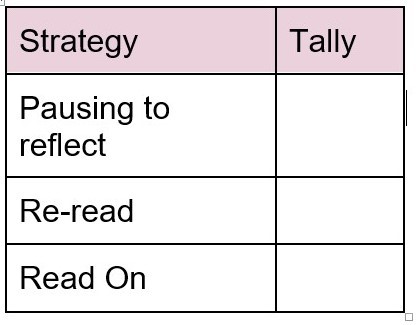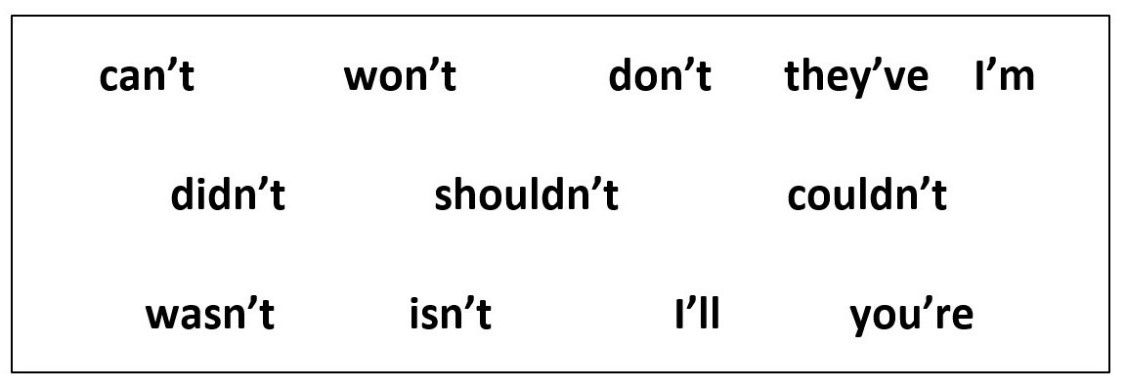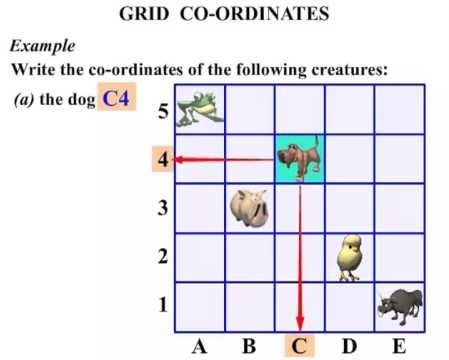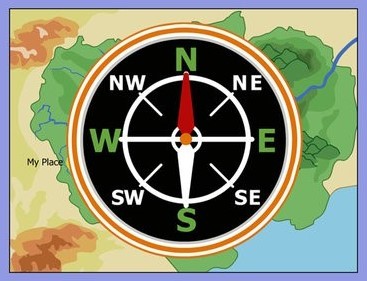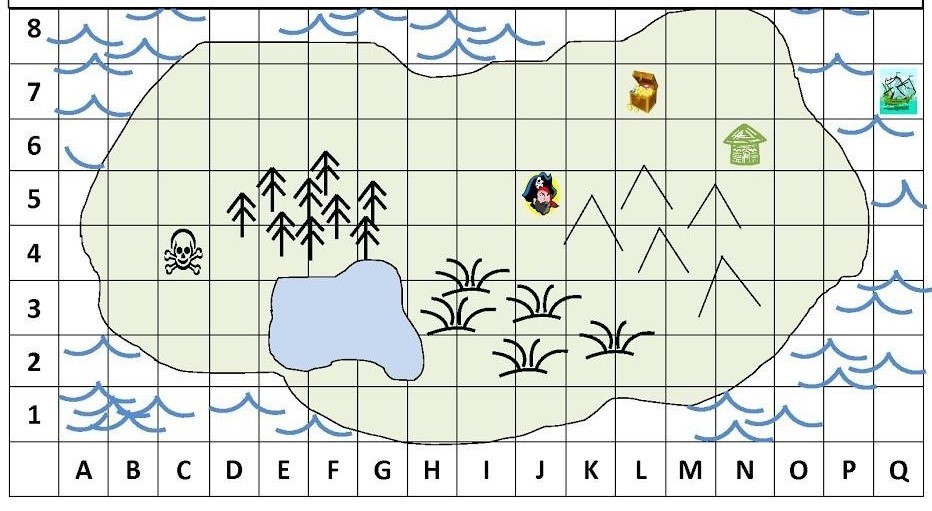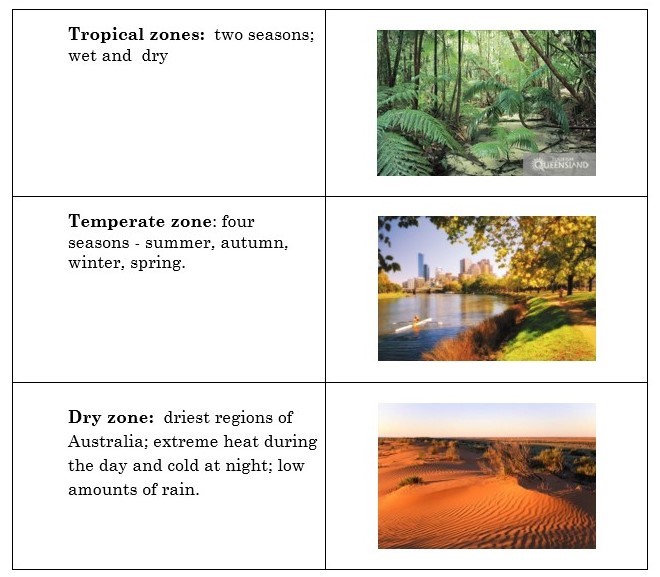Year 5 Learning from Home Week 2
Week beginning - Monday 20 April 2020
Parents: the dot points under Tasks can help your child to arrange days and tasks. Feel free to suit your family's schedule - we know they are all different.
We recommend spreading tasks from each section throughout the week, e.g. don't do all the Maths tasks on one day!
As well as Reading every day, your child should try to do one Task (or part of a task) from these sections on any day - Writing, Spelling, Maths, Inquiry, Science and Wellbeing.
Hello fantastic Year Five students!
We hope you demonstrated the school values as you worked through your learning tasks last week. This week, the same expectations apply. Each task below will take about 40 minutes and should be completed in your workbook or on study paper.
This week we will be focusing on - Respect
At home, show respect by taking part in household activities and responsibilities. For example, you can take care of your pets (if you have any), help with chores, assist a family member in making a meal or call a friend to ask them how they are.
Show respect to yourself by thinking positively. Set some time aside each morning to think of something you are grateful for, or complete a mindfulness activity (such as colouring, meditation or listening to music).
Make sure you do some physical movement each day!
Reading
Learning Intention:
Stop, check and correct for better understanding
Tasks: (Please complete these in order)
Checking Your Understanding of Non-Fiction Texts (40 minutes)
When reading, you need to take notice when you come across a word you don’t understand and think about how you might find out the meaning. There are different ways to problem-solve the meaning of a new word:
- Look at the word (Are there smaller words inside the word? Can you identify a base word? What type of word is it? e.g. noun, adjective)
- Reread the sentence containing the word you didn’t understand
- Reread the paragraph to look for further clues
- Read ahead for more information
- Ask someone
- Use a dictionary
Read a Just Right NON-FICTION book today and write the words you come across for which you don’t know the meaning.
Can you find out the meaning?
Try one or more of the strategies above and write down which strategy was most useful for each word.
Checking Your Understanding of Fiction Texts (40 minutes)
Read a Just Right FICTION book today and write down any words for which you don’t know the meaning.
Can you find out the meaning?
Try one or more of the strategies above and write down which strategy was most useful for each word.
Stopping When Reading (40 minutes)
We often stop reading to make sure we understand the meaning of a sentence or paragraph. We might stop to:
- think about what we have read
- go back and reread to make sure we read the words correctly or
- read ahead to see if the story makes sense later on.
Read a Just Right book and track when you stop to make sense of the story. Draw up the table below and place a tally mark in the table for each time you stop and use a strategy.
Log on to Epic! (40 minutes)
Epic! Is an online literacy resource that we will use while you are at home to develop your reading skills.
Using a device, sign into Epic! and read a text assigned by your teacher.
Remember, you need your class code. Your parents have received an email with your class login code and instructions.
After you enter your special class code, you should now see your class mates' names and avatars. Locate, then click on your name.
Any new books that your teacher has assigned will pop up as soon as you log in.
(Tip: You can find all the books assigned to you in your blue mailbox on the top right-hand side of the page!)
Writing
Learning Intention:
To plan and publish a narrative
This week you will write a narrative that you will bring back to school when school resumes. It will be placed in a book for your class library.
Tasks: (Please complete these in order)
Describing the Setting, Plot and Character (40 minutes)
Use the picture below as inspiration to write a narrative this week.
Describe the character, setting and problem using adjectives and your five senses. You can do this in your Writer’s Notebook or other book, as a table, mind-map, or however you want.
Planning your Narrative (40 minutes)
Plan your plot, using the Pebble, Rock, Boulder sequence. Use the Narrative Story Graph below to help.
Write your narrative (2 sessions of 40 minutes)
Write a narrative (between 1 and 2 pages).
Remember to include a sizzling start! We have covered different sizzling starts in class. Different ways to start your story include: humour (jokes), exciting action, character description, dialogue (speech), a flashback, foreshadowing, a question to intrigue the reader, or an interesting fact.
What will you use? Remember to include figurative language such as metaphors and similes.
You can include an illustration that adds to your story.
Spelling
Learning Intention:
To recognise and use contractions
Definition of a contraction: A contraction is a shortening of two words into one word. An apostrophe (‘) usually takes the place of the missing letters.
Example: I can not see the ball - I can’t see the ball
Task 1: (10 minutes) Using your Just Right Book, find as many contractions as you can.
Write the whole word version and the contraction (e.g. did not – didn’t).
Task 2: (10 minutes) Create a silly story that includes all of the contractions below.
Maths
Learning Intention:
Investigate mapping and use grid referencing
This week you will create a map of your house. You will bring this back to school for your teacher.
Tasks: (Please complete these in order)
Map your house (may take two sessions of 40 minutes) Use paper (grid paper if you have any) to draw a full colour map of your room, house or yard. Include a key for symbols used in your map, such as how you represent doors and windows. You may choose to include measurements from the room you measured last week.
Direction and Grid Reference (40 minutes) Neatly draw a grid over your map, labelling the horizontal rows as numbers, and the vertical columns as letters (an example is below). Give the location of items in your map as grid coordinates, using a letter and a number that matches their location.
Challenge: Find out which way is North and add a compass to your map. Write a set of directions from one place on your map to another, e.g. ‘Starting at the door, walk South three steps, turn west, walk four more…’ Ask a family member to follow them to see how clear your directions are.
Fantasy Island Map (40 minutes) Create a map of an island including at least 10 landmarks (e.g. lakes, mountains, huts, etc.). Make sure you include a grid reference and compass. Below is an example.
Did you notice what's missing? Yes - you need a key for the symbols you use. Symbols are small pictures that stand for different features on a map.
A symbol is often drawn to look like what it represents. For example, a triangular or pointed shape is often used to show a mountain, like in the map below.
Inquiry
Learning Intention:
To describe differences in climate
Information: This term we will focus on the geographic reasons for people living in different places on the planet. This week we are investigating the different climates found in Australia.
Task (40 minutes): Look at these descriptions of Australian climates-
In which climate zone do you live? In your workbook, write a description of the climate of your local area. What are the climate zones of all 7 of the state/territory capitals?
Challenge: Can you create a colour coded map of Australia that shows the climate zones across the country? You may draw it or create in on a digital device.
Science
Learning Intention
To use scientific evidence to present an argument
This term we will be investigating our solar system. Complete this warm up task to get your Science brain in gear!
Task (40 minutes): Some people believe the world is flat. What evidence would you use to prove to them that the world is round? Record your information or ideas in your work book.
Wellbeing
Resilience, Rights and Respectful Relationships 'Positive Coping'
Learning Intention:
To use positive self-talk.
Task (40 minutes): Create a list of all the positive self-talk statements you can think of. Perhaps you could arrange these statements in some way? Different age groups? Different situations?
Practise using positive self-talk. Reflect on how it makes you feel when you make these statements in your head.
Explain and reflect upon this and how you feel. Here is an example:
Click here for the Specialist options:
Self-Reflection
(10 minutes) What did you do to show RESPECT this week? Did you notice the impact these actions had on you or the people around you? Record your ideas in your student diary.
© Copyright Laburnum Primary School

